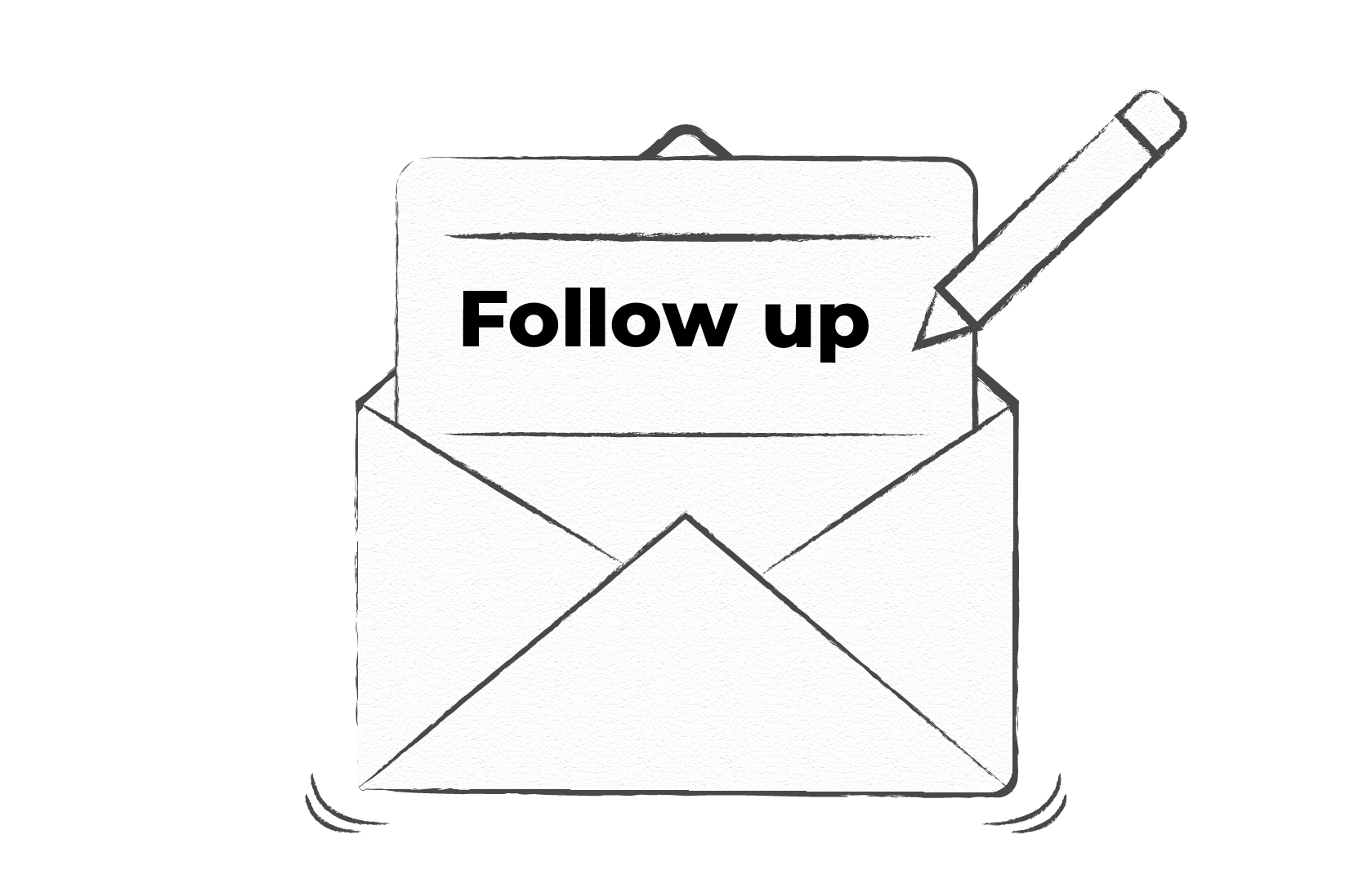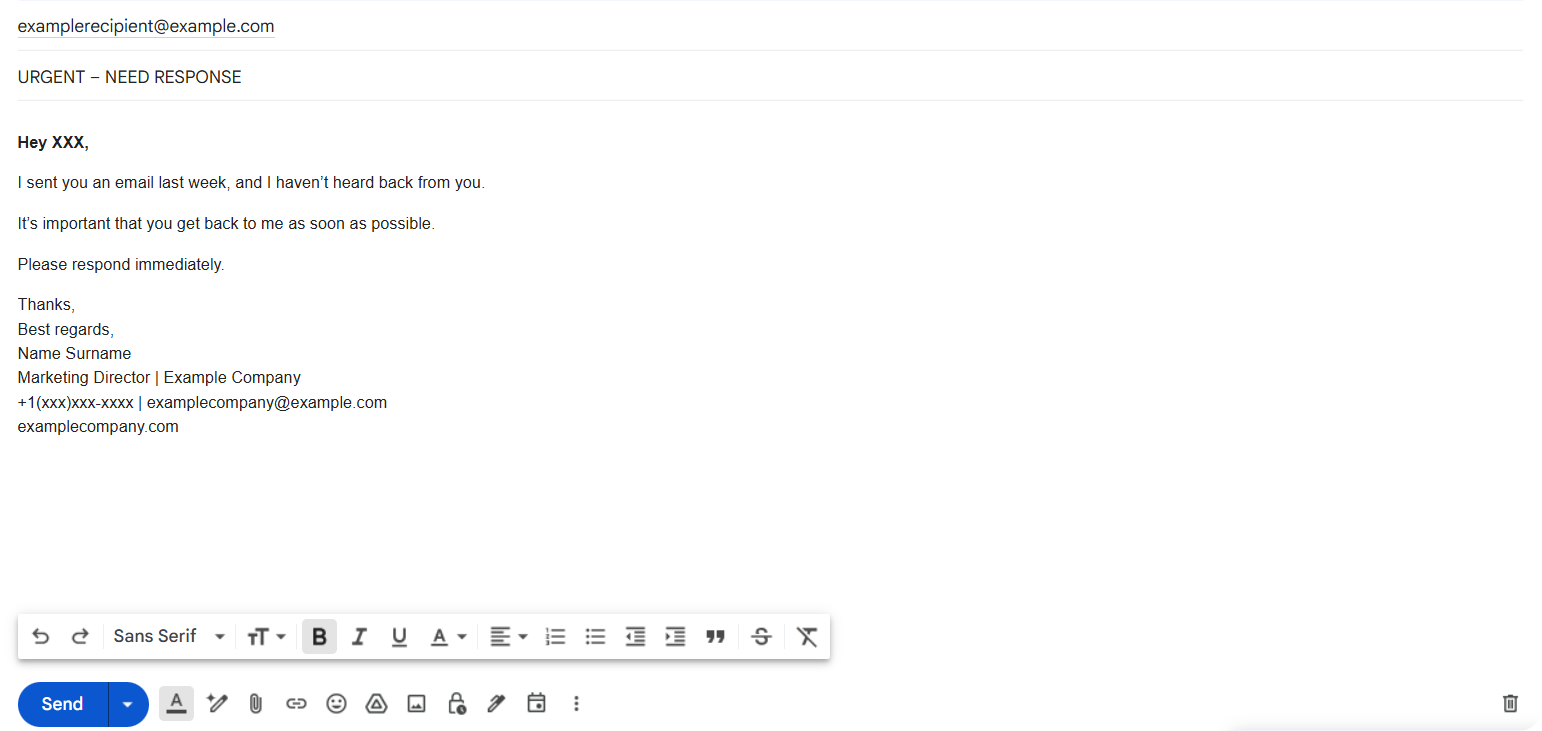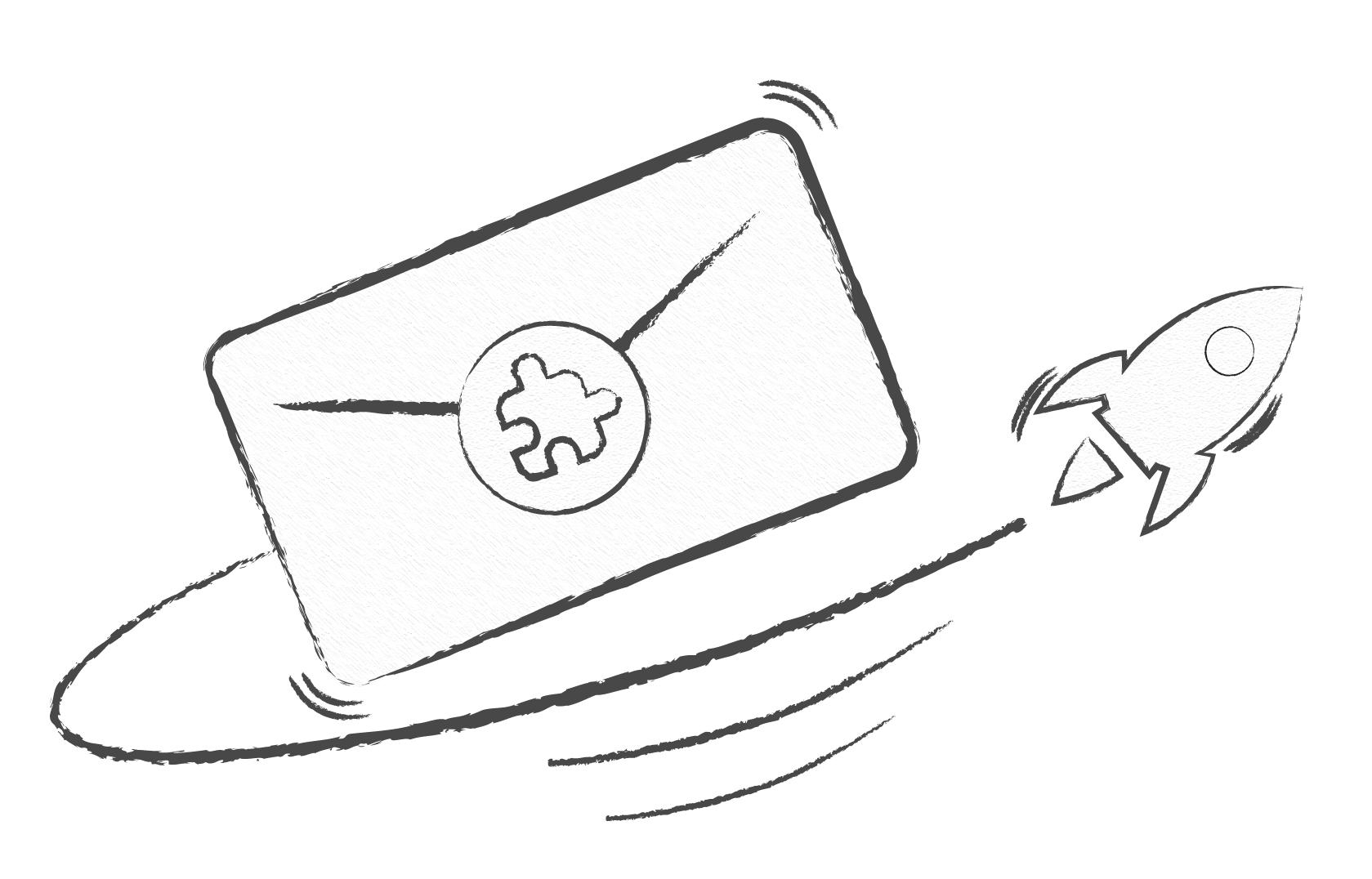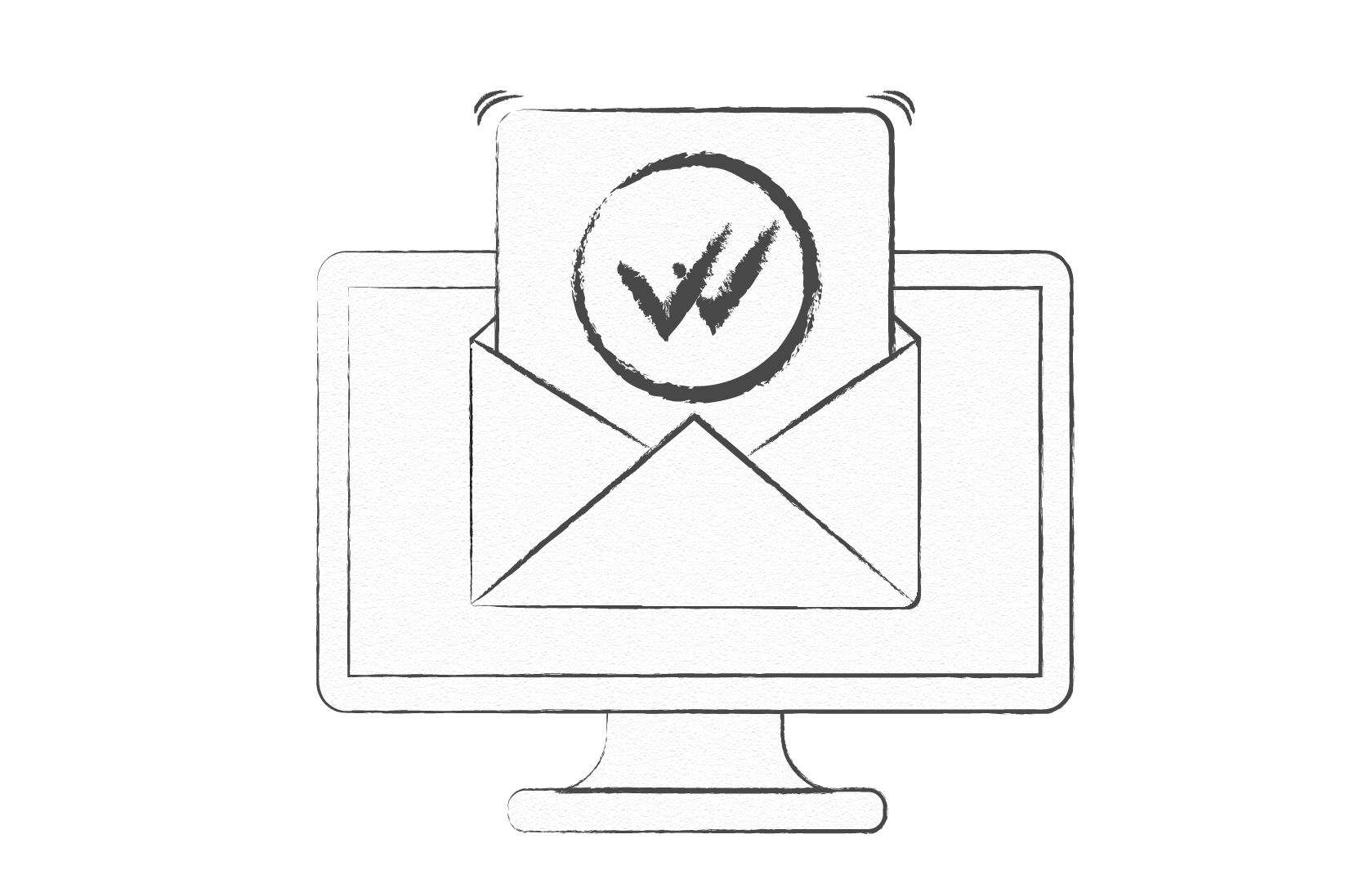
Sent an email and no response?
This is a common issue in business or any other email communication.
Luckily, there are some polite yet effective follow up techniques to get your long-desired response.
Below are 6 smart ways to follow up with your business partners, and also all the common mistakes people usually make when following up on their emails.
Subject lines are the first thing people see when they get your email. So, the purpose of your email should be precisely introduced in your subject line.
Consider including phrases such as “Following up”, “follow up”, or any other related phrase in your subject line to instantly grab recipients’ attention and let them know that maybe they have missed something before.
Examples:
When writing email copy, don’t jump to the main purpose. In a polite business communication, even when you are following up, and the recipient might instantly recall your previous interactions, it is still widely accepted to include 1-2 sentences of self-introduction.
Remind them of your full name, your company name, your title, the previous interaction with the recipient, and any other relevant information. A brief reintroduction also reinforces your professional identity and reminds the recipient why your communication is relevant.
Example:
While you never know the reasons behind not getting a response from your recipient, in business communication, it is a common practice to show appreciation for the partner’s time and schedule.
Mentioning a sentence about their busy schedule will add another layer of courtesy to your email. This demonstrates respect for their priorities and helps maintain a positive professional relationship. Including such acknowledgment can make your follow up feel considerate rather than pushy, increasing the likelihood of a response.
Example:
After the greetings and introductions, get to the main point of your email: following up on the previous matter.
Politely remind the recipient about your earlier email, briefly summarize what it was about, and mention when it was sent.
There’s no need to rewrite the entire message. Just highlight the topic and any actions needed.
Example:
Effective call-to-actions are crucial not only in follow up emails but also in email marketing as a whole.
Once you remind the recipient about your previous email, clearly outline the next steps or actions needed.
Avoid sending a reminder without a clear call-to-action, and don’t assume they will find and reread your earlier message. Instead, suggest scheduling a meeting or call for further discussion, or propose any other suitable step to move things forward.
Be careful not to sound pushy. Allow your recipient the flexibility to respond on their own schedule. If the matter is urgent, provide a few specific dates and times for them to choose from.
Example:
Always stay positive, even if you need to follow up several times. Don’t sound impatient. Remember that business communication should avoid excessive emotions, whether written or spoken. A respectful tone helps you keep good professional relationships and boosts your chances of getting a reply.
Using polite language and showing appreciation for the recipient’s time shows professionalism and respect.
Today, you can make good use of online ready-made templates, which include professional and polite wording for following up on emails. You can even use AI tools to help you with crafting such emails.
Later, you can customize them according to your context, and it will simplify the overall process of writing follow up emails.
Below is one example of such a template.
Subject: Following up on [previous email topic or meeting request]
Dear [Recipient’s Name],
Greetings / Introduction / Reference to the past email
I hope you are doing well. I wanted to follow up on my previous email regarding [briefly mention the topic or proposal, for example: our potential collaboration on the upcoming marketing campaign].
Appreciation of time
I understand you may have a busy schedule, but I wanted to check if you had a chance to review [the proposal / the document / the idea] I shared earlier. I would be happy to provide any additional details or clarify anything that might help with your decision.
Call-to-action / Scheduling further steps
If it’s convenient for you, please let me know a suitable time for a quick [call/meeting/discussion]. I’m available on [mention your availability, for example: Tuesday or Wednesday afternoon], but I can adjust to your schedule if needed.
Closing phrases
Thank you for your time and consideration. I look forward to your response.
Best regards,
[Your Full Name]
[Email Signature]
When writing follow up emails, it’s important to consider your approach. Since you are contacting the same person again, you want to avoid being annoying and ensure email engagement.
So, there are a couple of Don’ts you can keep in mind when you are drafting your follow up email.

This is an example of how a follow up email should NOT look:
As shown in the screenshot, the email is brief, and the tone is impolite. It lacks any reference to the previous email or the specific date it was sent. Additionally, there is no polite suggestion for continuing the discussion or arranging a meeting.
And this is a common example of a polite and professional follow up email, which includes all structural and contextual steps covered in our article:

Yes, not getting a response can be frustrating.
In business communication, being professional and courteous is important. Writing effective follow up emails takes politeness, a clear purpose, and careful timing to avoid coming across as pushy.
Thoughtful and well-timed follow up emails help you reach your goals and also create a good impression on your recipients.
By using the strategies mentioned above, you can make your follow ups more effective, grab attention, and boost the chances of getting timely replies.


Have you ever felt overwhelmed with your own email inbox? Then you probably know the …
Read more

That's right - you need to invest in email marketing. But to get real results, you must first secure…
Read more

Are you one of those people who feel nervous about AI? Don’t be. Yes, AI is transforming many a…
Read more

With over 97% deliverability you can ensure the best results.